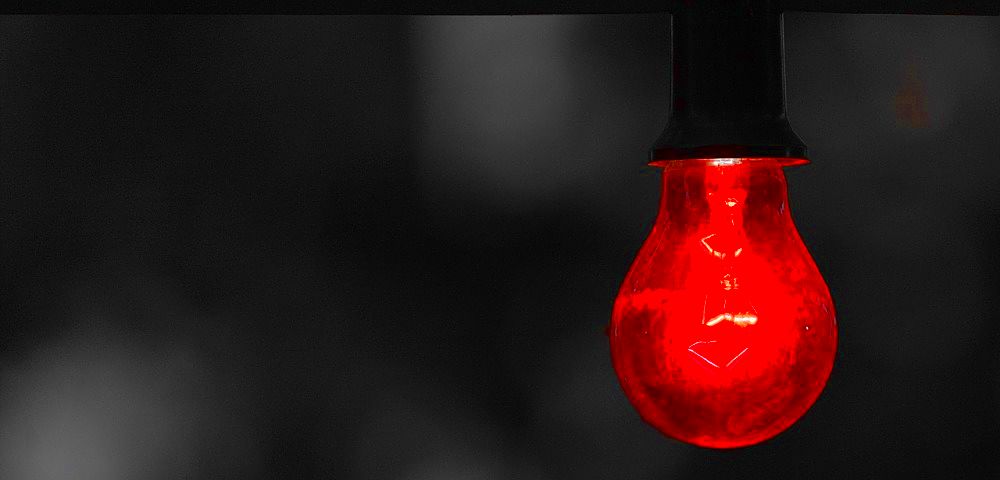The signal for the Bull & Bear Tracker is now RED. The signal had been GREEN since April 9, 2018. See Equities article “NIRP Crash Indicator Renamed “Bull & Bear Tracker”; Signal Now GREEN”. The signal switched from GREEN to RED due to the increase volatility of the US Dollar Japanese Yen exchange rate.
For the period that the signal had been GREEN the S&P 500 went from 2,613.16, the close of April 9th to 2,713.98, the market open on May 23rd, an increase of 3.8%. However, the trading vehicle that I recommended to trade the GREEN signal which was the Direxion Daily S&P500 Bull 3X ETF (SPXL) performed significantly better increasing by more than 10%. The SPXL which is a triple leveraged long ETF derivative for the S&P 500 went from $39.79, as of the close of April 9th to $44.19, the market open for today May 23rd. Now that the signal is RED, the recommended vehicle to trade the signal is the Direxion Daily S&P 500 Bear 3X ETF (SPXS), a triple leveraged short ETF derivative for the S&P 500.
To learn about Dollar Yen exchange rate volatility being a leading indicator of the direction of S&P 500 watch the 2-minute video below entitled “Dollar/Yen Leading indicator for S&P 500 Direction”. There are charts and graphs on this page at ProfitFromTheCrash.com which provide additional information on the intimate relationship between the Dollar/Yen and the S&P 500.
For alerts and updates about the Bull & Bear Tracker’s signals and to insure access to all of my articles, reports and alerts go to www.profitfromthecrash.com. My February 6, 2018 article “BULL DEAD, BEAR DOB 01/31/18: Expect Stock Market Decline of at Least 50%”) about the new bear market being born on January 31, 2018 is highly recommended.
For those investors who do not want to take minimal risk and yet have the potential for their portfolios to grow I am recommending the deployment of a 90/10 Crash Protection Strategy. For information on the strategy which is the only fail-safe strategy that one can utilize to protect their liquid assets from crashes, recessions and depressions view video below entitled “Profit From the Crash”.
Disclaimer. Mr. Markowski’s predictions are frequently ahead of the curve. The September 2007 predictions that appeared in his EquitiesMagazine.com column stated that share-price collapses of the five major brokers, including Lehman and Bear Stearns, were imminent. While accurate, they proved to be premature. For this reason he had to advise readers to get out a second time in his January 2008 column entitled “Brokerages and the Sub-Prime Crash”. His third and final warning to get out, and stay out, occurred in October of 2008 after Lehman had filed for bankruptcy. In that article “The Carnage for Financials Isn’t Over” he reiterated that share prices for Goldman and Morgan Stanley were too high. By the end of November 2008, the share prices of both had fallen by an additional 60% and 70%, respectively — new all-time lows.




